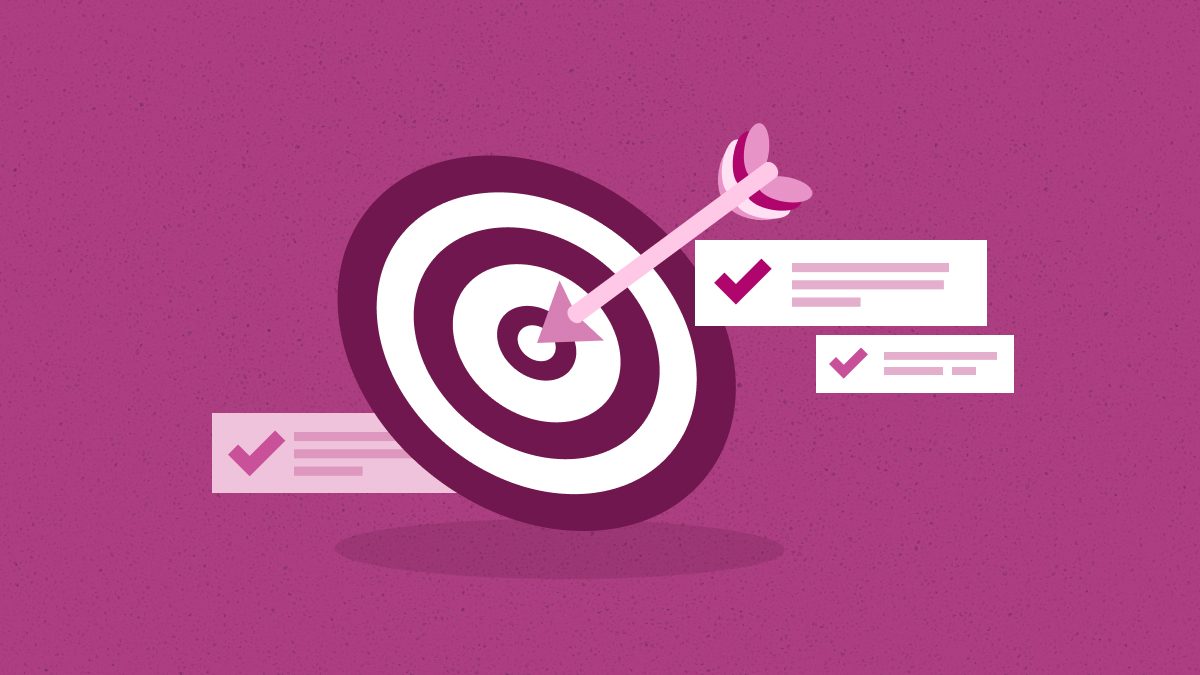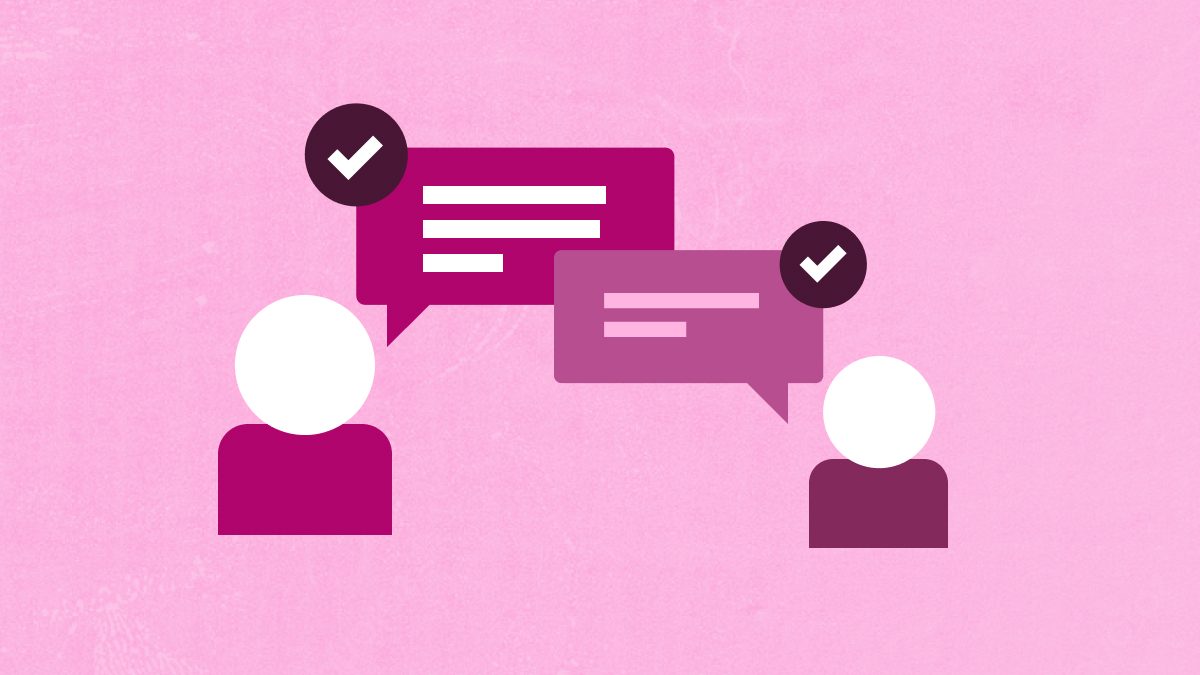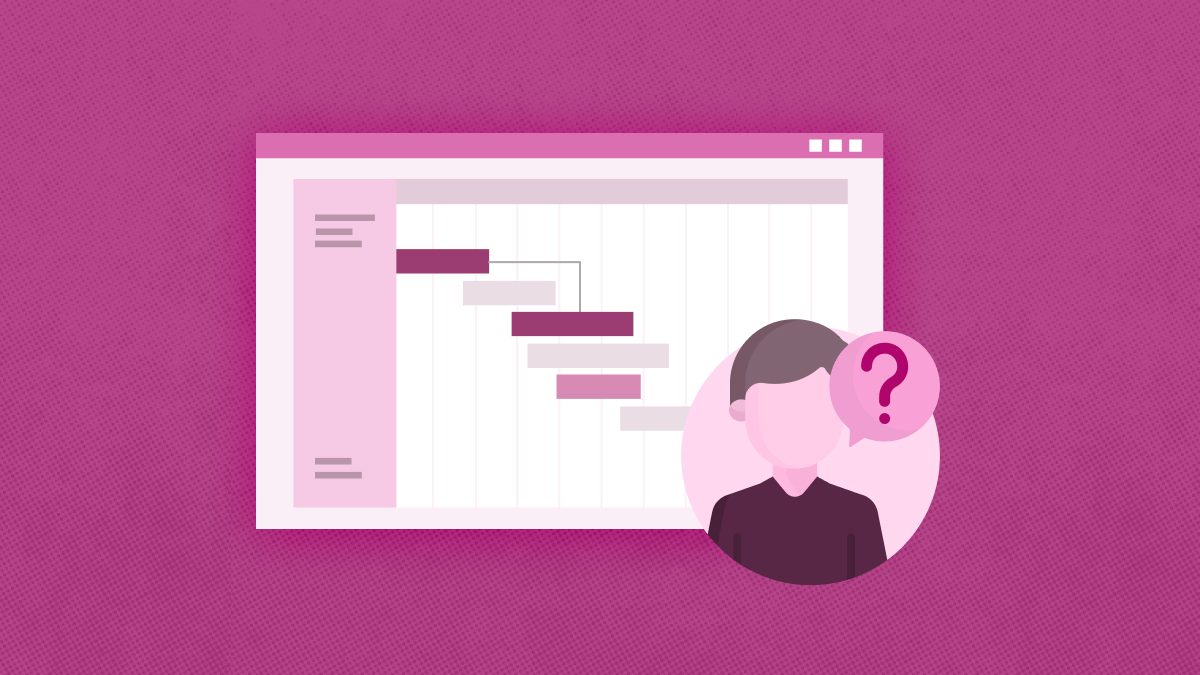Glossary about Risk Mitigation
Risk Mitigation
Risk Mitigation
Risk is the most common and essential factor to consider before deciding. It doesn’t matter what the decision is about, risk follows everywhere. It is something that cannot be eliminated.
Not just decision, but using any strategy or process can have their risk. But, as mentioned before, risk cannot be eliminated completely. This is where risk mitigation comes into help for a business.
What is Risk Mitigation?
Risk are threats that can be harmful and have many negative impacts on an organization in many ways. Therefore, the identification of threats helps carry out the risk mitigation process.
It is a process or strategy used to lessen the effects of threats and risks a business has to face anyhow. Many experts and project managers call risk mitigation risk reduction. It is the best strategy to use while preparing for the unavoidable risk the organization will face.
Why Is It Important?
Risk Mitigation is a vital strategy to reduce the incoming risk’s adverse effects. This helps prepare the organization for all the potential threats and risks. However, not every risk can be avoided. This is why experts recommend planning for the aftermath beforehand.
It focuses on prioritizing risks and first working on those that will have the most disastrous impact. It allows the organization to be prepared for the worst.
What Is A Risk Mitigation Plan?
Many experts and project managers have their way of carrying out the risk mitigation plan. However, there are some standard steps that everyone primarily uses. Understanding each step and working on them efficiently helps effectively carry the plan.
Mentioned below are the standard steps of the plan.
- Identification Of Risk
It starts by identifying and understanding the risks and threats headed toward the organization. They can exist in any form.
- Risk Assessment
This is the most important as it helps point out which risk will have the most impact. The quantitative risk of each event is pointed out by weighing its potential impact. This serves as a backbone for the next in the plan.
- Prioritize
There can be more than one risk around the same weighted impact. Ranking risks from the most severe to least helps categorize each one. In the end, the risk with the highest impact or threat should be the priority of every organization.
- Tracking Risks
With time the severity or relevance changes due to many factors. Keeping track of the risk is vital as it helps the organization know if the risk will be as severe as it was when the risk assessment was carried out.
- Implementation and Monitoring Progress
Testing a plan is always vital to get an idea of its effectiveness, and the same goes for risk mitigation. Once the plan is carried out, regular testing and monitoring ensure that the plan is functioning well.
Final Words
This is all you need to know about risk mitigation and plan. Understanding each step is crucial for carrying out the plan.




